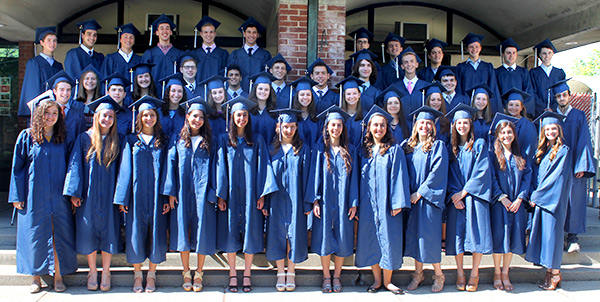
Columbia Students Construct Art-Infused “Liberation Sukkah” on Campus

# The Liberation Sukkah at Columbia University: A Symbol of Protest and Solidarity
In October 2024, a unique structure appeared on the Columbia University campus in New York City, turning heads with its vibrant artwork and meaningful messaging. Constructed by Jewish students, this “Liberation Sukkah” holds a deep significance—both as a religious symbol and a powerful statement on themes such as liberation, displacement, and solidarity with the oppressed.
This temporary hut, or *sukkah*, is traditionally built as part of the Jewish holiday Sukkot, a festival that celebrates the harvest and commemorates the Israelites’ 40 years of wandering through the desert after their escape from slavery in Egypt. In this modern iteration, however, the Liberation Sukkah breaks away from conventional interpretations to offer a space for reflection on the current violence in Gaza and the Occupied West Bank, and to challenge systems of oppression.
## A Line from Prayer: “Ufros Aleinu Sukkat Shalom”
The Liberation Sukkah’s first panel featured bold Hebrew text that reads: “Ufros Aleinu Sukkat Shalom,” meaning “spread over us a shelter of peace.” This phrase is recited daily during the Jewish prayer *Hashkiveinu* and was chosen intentionally to evoke the dual meaning of the word “sukkah,” which translates to “shelter” in both a metaphorical and physical sense.
“We used this line because we want to remind people that this is a call for peace,” shared one of the students involved in its construction. The message, however, goes beyond just prayers—it’s a demand for peace and shelter not just for Jews, but for all displaced and oppressed communities worldwide.
## Art as a Communal Effort
The Liberation Sukkah did not bear the name of a single artist; rather, it was collaboratively created. Students worked together on October 16 to build the structure in just a few hours, filling its panels with messages of resistance and hope. “It was a very collaborative process,” explained another student, emphasizing how the project’s communal nature reflects a rejection of individualistic creative ownership—a feature often associated with Western traditions of art.
Professor Nicholas Mirzoeff of New York University, an art historian and scholar, noted: “By creating common messages in the sukkahs, those building them refuse to be ‘artists’ in the Western tradition of named individuals attested to by a signature, as if a work was a check. What is being created is the common, or perhaps better, the commune.”
This collective approach mirrored the broader themes that the Liberation Sukkah sought to explore—namely, how art, protest, and tradition can merge into a single powerful piece of visual discourse.
## Symbols of Liberation, Resistance, and Memory
The structural art featured numerous symbolic elements. One panel included a quote from Aurora Levins Morales’s 2016 poem, *V’ahavta*: “Defend the world in which we win as if it were your child.” Surrounding the words were illustrations of the *Shivat Haminim*—the seven species mentioned in the Hebrew Bible (wheat, barley, grapes, figs, pomegranates, olives, and dates), which hold significant cultural and religious ties to both Jewish and Palestinian lands.
Another powerful addition was an illustration of *Handala*, the iconic cartoon character representing Palestinian resistance. Created by Palestinian artist Naji al-Ali in 1969, Handala is depicted as a barefoot child in rags, eternally facing away from the viewer—symbolizing the experience of displacement and dispossession. The inclusion of Handala in the sukkah made clear that this structure was much more than a site of religious observance; it was a space of solidarity with Palestinians and their ongoing struggle.
Additionally, one side of the sukkah featured a reinterpreted line from a socialist Yiddish song, *In Ale Gasn* (1930s), once used as a rallying cry against Tsarist oppression. The updated version read: “Bring down apartheid,” a direct critique of modern systems of oppression that students argue parallel historical struggles against imperialism and occupation.
Finally, a quote from the African-American poet June Jordan framed the sukkah’s final panel: “I said I loved you and I wanted genocide to stop.” Around the words, students painted olive trees—themes of peace, perseverance, and a deep connection to the land are woven throughout Jewish, Palestinian, and global discourses on justice.
## The Intersection of Tradition and Politics
One cannot ignore the historical and spiritual weight of the sukkah itself. Traditionally, Sukkot serves as a period in which Jewish people reflect on their ancestors’ survival in makeshift shelters in the desert, while depending on divine protection. Yet, as the students behind the Liberation Sukkah pointed out, not all makeshift shelters provide this kind of safety.
“For us, it’s impossible to talk about these shelters